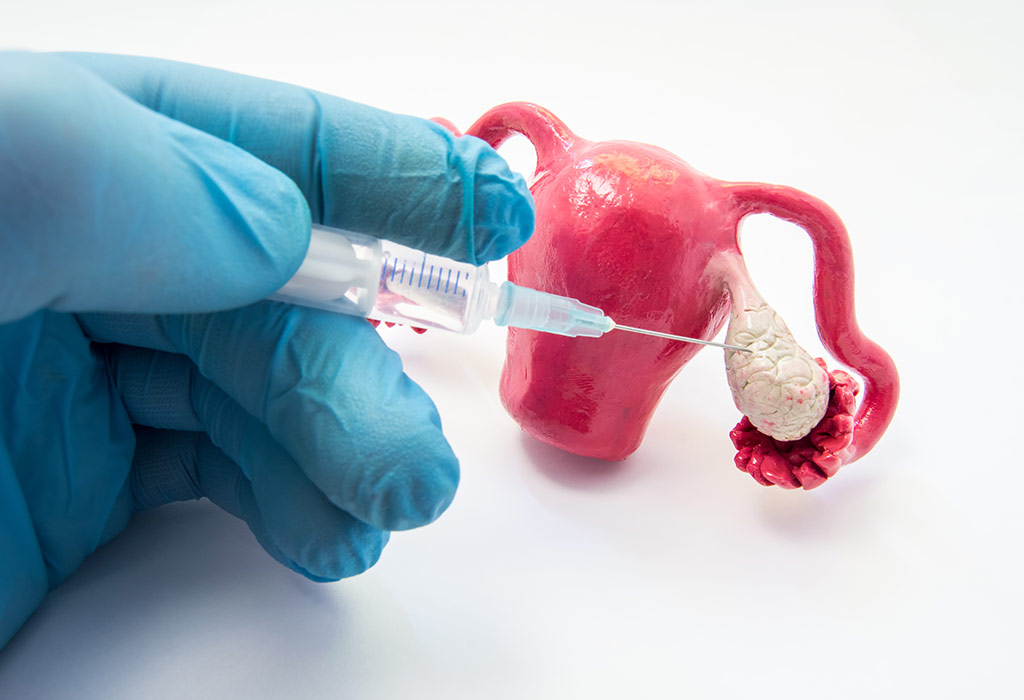Ovarian overexcitation (ovarian hyperstimulation syndrome – OHSS) is the most common complication of IVF treatment.
OHSS (Ovarian Hyperstimulation Syndrome)
Ovulation is an extreme response to induction (pills and needles for ovulation) treatments. It may occur after improper use of gonadotropins.
OHSS is characterized by a large number of cysts in the ovaries and a protein-rich fluid from the vessels to the body cavities.
Ovarian Hyperstimulation Syndrome Risk Factors
Ovulation is an extreme response to induction (pills and needles for ovulation) treatments. It may occur after improper use of gonadotropins.
OHSS is characterized by a large number of cysts in the ovaries and a protein-rich fluid from the vessels to the body cavities.
Symptoms and signs:
- Nausea and vomiting
- Abdominal swelling, abdominal tenderness and pain
- Diarrhea
- Fast weight gain
- Oliguria / Anuria (decrease in urine volume or no urination)
- Shortness of breath
Ovarian Hyperstimulation Syndrome is classified into 3 groups according to the severity of the disease:
- Mild OHSS: Ovary between 5 to 10 cm in diameter, swelling and slight pain in the abdomen
- Moderate OHSS: Ovary 10-12 cm, abdominal distention, nausea, vomiting, diarrhea, weight gain
- Severe OHSS: Ovary greater than 12 cm abdominal swelling, nausea, vomiting, diarrhea, weight gain, fluid accumulation in the lung membrane, changes in blood table, coagulation disorders, such as severe conditions and life-threatening may occur.
Ovarian Hyperstimulation Syndrome Treatment:
Mild cases: They can be followed as an outpatient. Addition except heavy physical activity restriction
does not require treatment. It usually recovers in 10-14 days.
Moderate and severe cases are followed and treated in hospital.


Add Your Comment